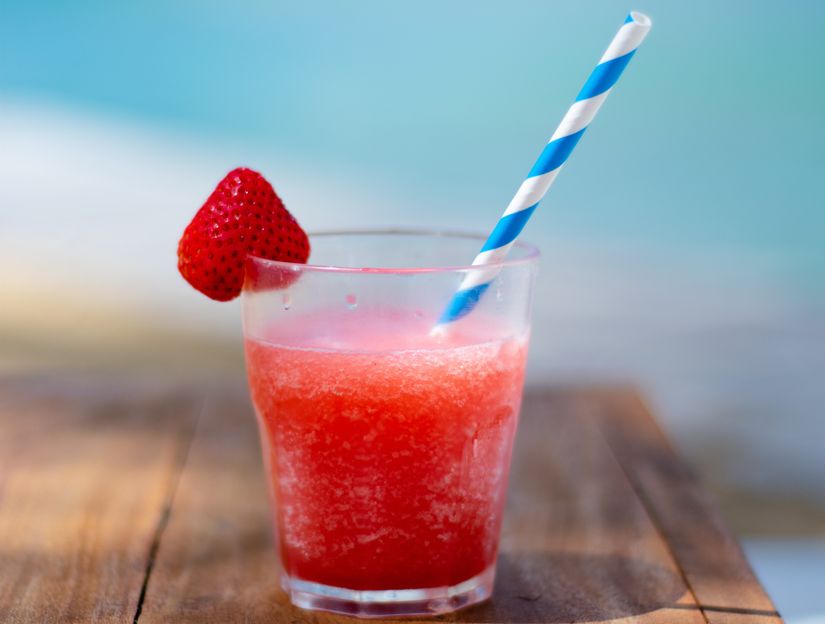New starchy bioplastic could make soggy paper straws a thing of the past
In the fight against pollution, several regions in the U.S. have banned the use of plastic straws. Alternative materials exist, but most options are either too expensive to scale up, go limp in drinks or taste bad. But now, a team reporting in ACS Omega has developed a new type of bioplastic film from all-natural, degradable materials that can be rolled into a straw that doesn’t get soggy and is stronger than plastic.

Symbolic image
Unsplash
As efforts to reduce plastic waste take hold, many researchers and companies have turned to plastic alternatives to fabricate straws that comply with new laws and regulations. But so far, most options either end up breaking down in a drink, like paper straws, or require extra steps and energy to manufacture, like metal or sugarcane straws. But some biopolymers, such as starch and lignin, are readily available as byproducts of other industrial processes and could serve as cheap bioplastic ingredients. Lignin’s natural strength could help overcome starch’s brittleness, especially when combined with a bio-based crosslinker, such as citric acid. So, Dickens Agumba, Duc Hoa Pham and Jaehwan Kim wanted to see if these materials could be combined into a plastic film that was tough, stable in water, yet would still break down when no longer needed.
To create the straws, the researchers blended lignin with either potato starch or polyvinyl alcohol — a more traditional bioplastic material — then added citric acid. They spread the slurry into a thin layer, rolled it into a cylinder and cured it at over 350 F. The bioplastic naturally self-adhered at the seam, but heat treatment set it and made it even stronger. In tests, the cylinders were stronger than those made of polypropylene plastic, yet still flexible. After two months outside, the plastic straws remained unchanged, while the team’s straws degraded significantly. The bioplastic film also offered UV protection, which could be useful for other applications, such as a coating for greenhouse windows. The researchers say that this material could not only reduce the amount of plastic waste in the environment, but also be used to create other, more sustainable bioplastic products from otherwise wasted materials.
Original publication
Other news from the department science

Get the chemical industry in your inbox
By submitting this form you agree that LUMITOS AG will send you the newsletter(s) selected above by email. Your data will not be passed on to third parties. Your data will be stored and processed in accordance with our data protection regulations. LUMITOS may contact you by email for the purpose of advertising or market and opinion surveys. You can revoke your consent at any time without giving reasons to LUMITOS AG, Ernst-Augustin-Str. 2, 12489 Berlin, Germany or by e-mail at revoke@lumitos.com with effect for the future. In addition, each email contains a link to unsubscribe from the corresponding newsletter.



























































